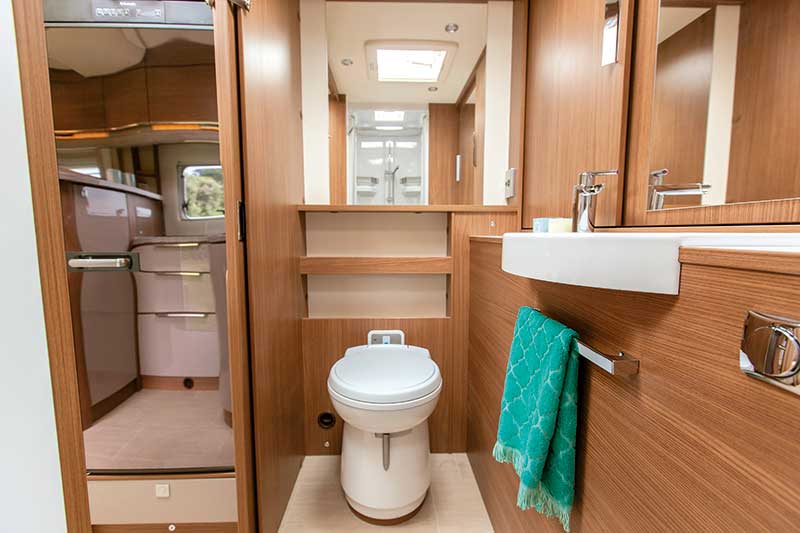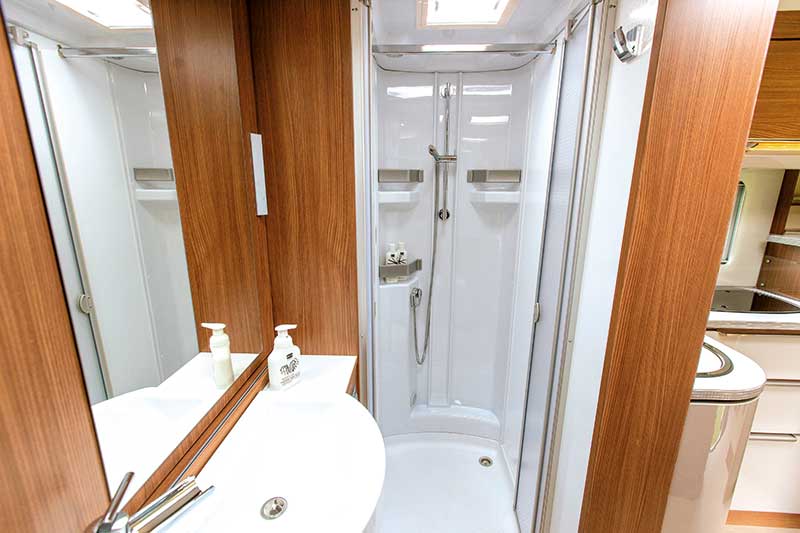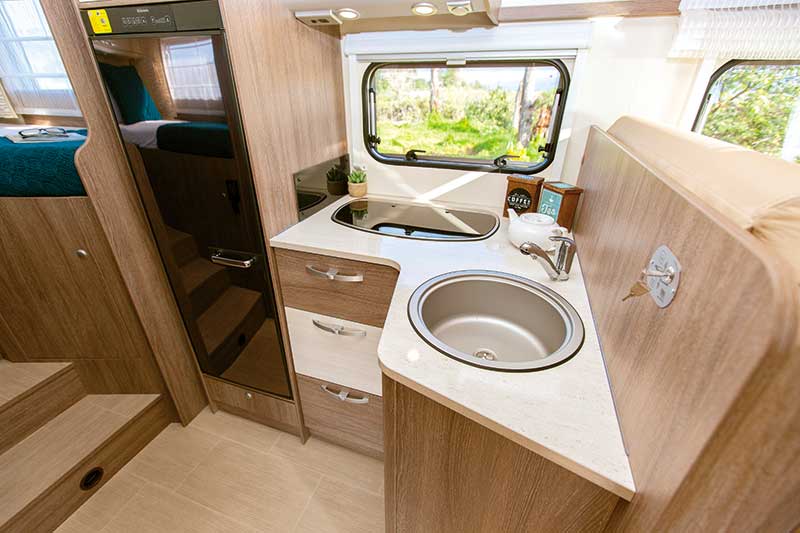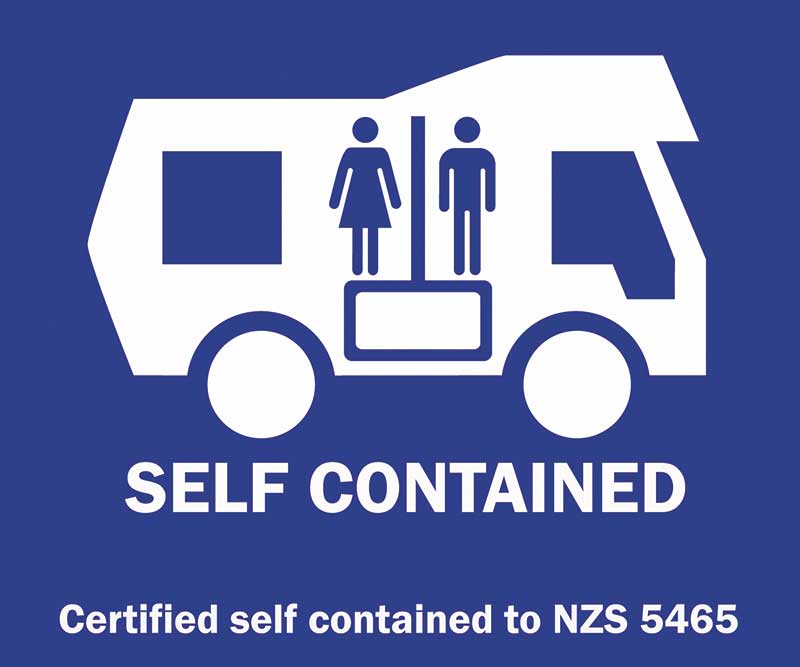Having a certified self-contained vehicle makes it easier to help care for our clean, green environment. It also gives you the freedom to camp in many of New Zealand’s remote and beautiful destinations that might otherwise be off limits.
But what does self-contained actually mean?
Essentially, a self-contained vehicle is designed to supply drinking and cooking water, as well as contain wastewater and septic waste for a minimum of three days. To be certified self-contained, the vehicle needs to meet the minimum standards of the New Zealand Standard for Self Containment of Motor Caravans and Caravans, NZS 5465:2001.What are the requirements for being self-contained?
There are six key requirements which include:- a fresh water supply of 4L per person per day (i.e. minimum 12L per person)
- a fitted sink via a smell trap which needs to empty to a sealed grey wastewater tank, so no water can spill on the ground
- the toilet must have a net holding tank capacity of 3L per person
- a holding tank of a minimum of 12L per person and monitored if capacity is less than the fresh water tank
- an evacuation hose of 3m for fitted tanks, or a hose that is long enough to connect to a sealed portable tank
- a sealable refuse container (a standard rubbish bin with lid)










